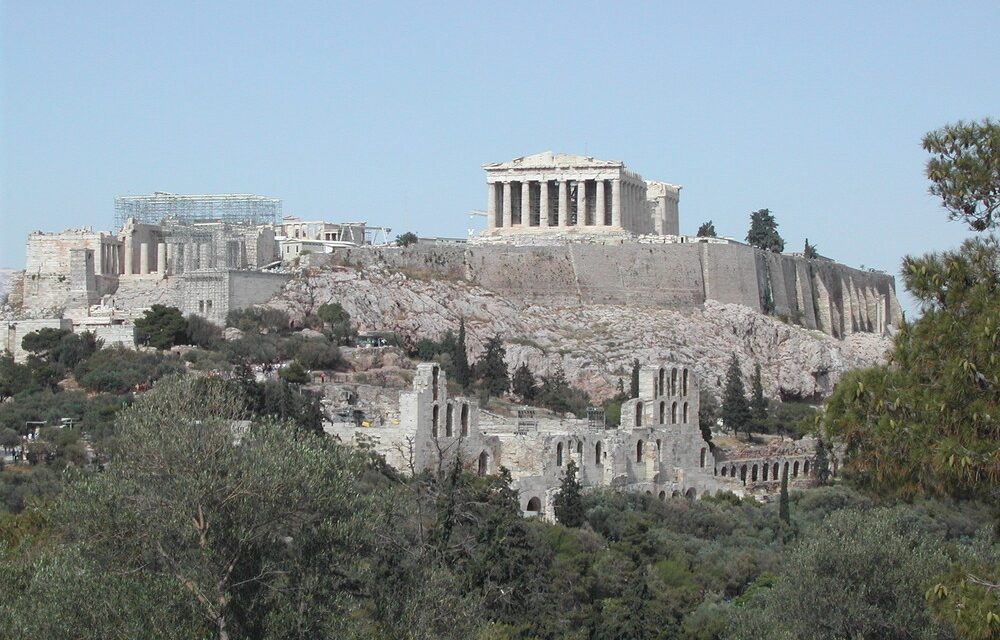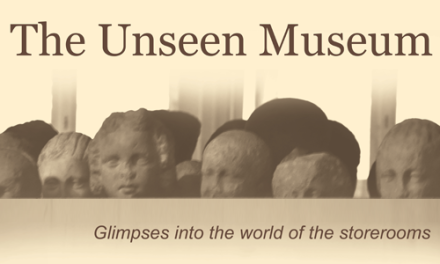The Acropolis of Athens is listed among the recognized best practice examples in World Heritage Management, adopted by UNESCO’s World Heritage Committee (WHC) in 2011. A report issued on WHC’s official site details the findings, conclusions and recommendations that resulted from a recent on-site examination by a joint WHC/ICOMOS Advisory Mission.
Acropolis as a World Heritage site
The cultural World Heritage property of “Acropolis, Athens” was inscribed on the World Heritage List in 1987, as a site of outstanding universal value fulfilling five out of ten selection criteria. As stated on UNESCO’s website, the Athenian Acropolis “is the supreme expression of the adaptation of architecture to a natural site. This grand composition of perfectly balanced massive structures creates a monumental landscape of unique beauty, consisting of a complete series of architectural masterpieces of the 5th century BC” (criterion i).
These monuments have exerted “an exceptional influence, not only in Greco-Roman antiquity but also in contemporary times” (criterion ii), and also bear “a unique testimony to the religions of ancient Greece” (criterion iii). The Acropolis is also “an outstanding example of an architectural ensemble illustrating significant historical phases since the 16th century BC”, and its monuments “are distinctly unique structures that evoke the ideals of the Classical 5th century BC and represent the apex of ancient Greek architectural development” (criterion iv).
Finally, the site “is directly and tangibly associated with events and ideas that have never faded over the course of history”, such as “the achievements of Classical Greek politicians who lead the city to the establishment of Democracy, the thought of Athenian philosophers and the works of architects and artists” (criterion vi).
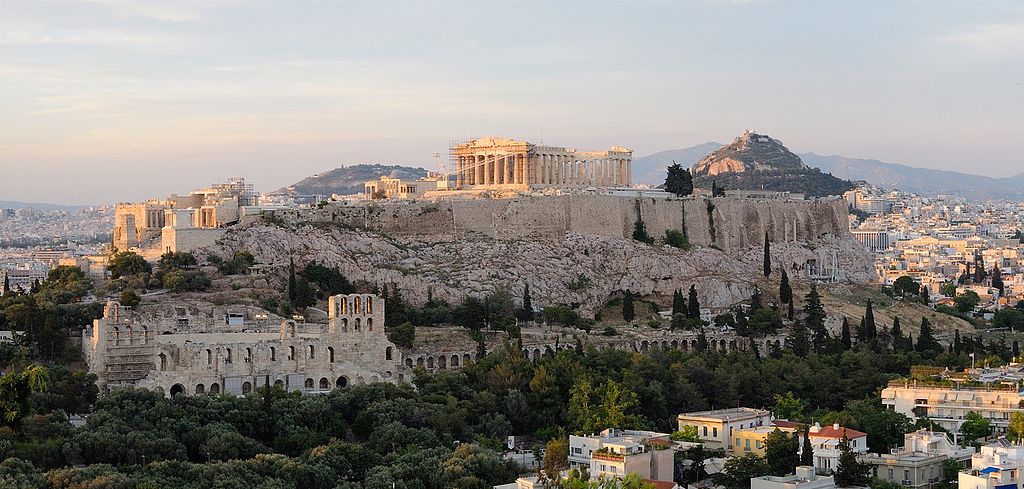
Joint WHC/ICOMOS Advisory Mission
An Advisory Mission to the Acropolis was jointly undertaken by UNESCO’s World Heritage Committee (WHC) and the International Council on Monuments and Sites (ICOMOS), from 27 to 29 April 2022. It was carried out by a multidisciplinary team comprised of three experts specialized in the field of architecture, heritage, tourism and management practices, one representing UNESCO World Heritage Centre and two representing ICOMOS.
The purpose of the joint WHC/ICOMOS Advisory Mission was to carry out an on-site examination and discussion with the competent representatives of Greece on the recent interventions on the Acropolis of Athens and the future planning for the conservation, enhancement and overall management of the site.
The mission started on 27 April with the presentation of the key actors of the site’s management and planification, the competent Greek authorities and the overall system of administration and management of the property. This day also included the visit of the Acropolis site and the presentation of the basic aspects of the property’s function.
The second day of the mission was devoted to the presentation of the works carried out on the site the last three years and the major future projects. Half of the presentation was held in the conference room of the Acropolis Museum while the other half was on site. A meeting with Civil Society representatives was also organized.
Finally, the last day was dedicated to in-depth presentations of the past and future projects and to the overall management of the site, discussion, and reflection with key members of the responsible authorities and the Mission.
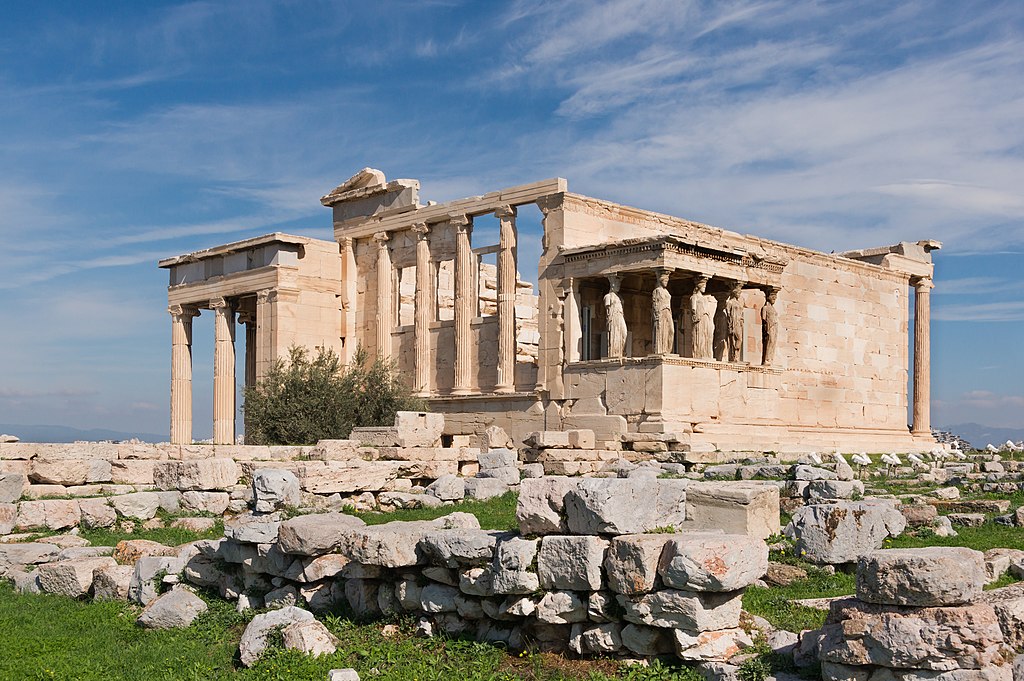
Main points of the report
According to the Advisory Mission’s report, “the overall status of the Outstanding Universal Value of the World Heritage property of the Acropolis is excellent and very well protected. The property and its buffer zone is well protected by laws and regulations”.
More particularly, the Mission notes that:
- The decision-making system ensures that thorough and detailed studies are carried out prior to the approval of any new interventions.
- The property is managed by the State and the main restoration services are also carried out by the State, including the restoration works by anastylosis techniques. Hence, there is a close supervision to ensure that each step of the restoration conservation efforts are systematically carried out.
- The decision-making process for all major restoration and conservation works includes highly qualified experts and academics with a process of documentation, dissemination, and dialogue with experts nationally, and internationally, built into the system.
- The renovation and enlargement of the existing pathways, the new elevator (replacing the 2004 elevator) and the new lighting project do not have a negative impact on the Outstanding Universal Value (OUV) of the Acropolis. All the interventions seem to be fully reversible, as desired, even though the pathways and lighting could be better integrated in the landscape. The new elevator and the renovated pathways also greatly facilitate the disabled in wheelchairs (but also the elderly and small children in strollers), addressing the main objectives of Article 9 of the UN Convention on the Rights of Persons with Disabilities (CRPD).
The Mission also notes that the renovation and enlargement of the pathways, the elevator, and the lighting project were all implemented following studies, examination, and documentation of the Committee for the Conservation of the Acropolis Monuments (ESMA) or the Ephorate. The proposals were subsequently elaborated by the Acropolis Restoration Service (YSMA) employees or external researchers and the studies eventually approved by ESMA and brought before the Central Archaeological Council for their approval.
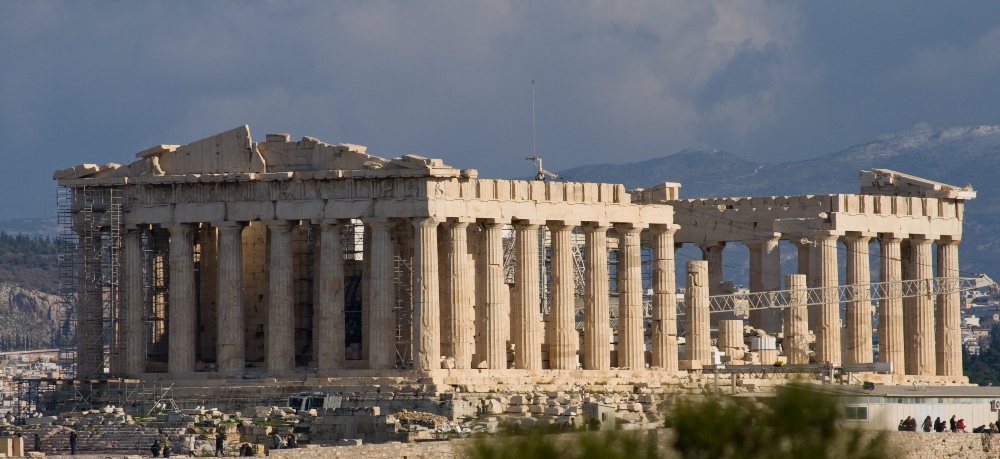
All the competent authorities of the Ministry of Culture and Sports (different directorates and the Ephorate of Antiquities) also provided their comments on the studies and proposals. The studies for the restoration of the monuments were also presented and debated at the Acropolis International Meetings prior to their implementation. Hence, these interventions have been implemented after detailed investigations according to the established national processes for interventions in the Acropolis.
With regards to the conservation and restoration approaches and proposed projects, the Mission was impressed by the thoroughness, rigor, and extraordinary high quality of work with meticulous attention to detail. Systematic documentation and publication of research and studies prior to and following implementation are undertaken and disseminated. The highest academic research on the Acropolis and archaeology are woven closely together with modern archaeological techniques and exemplary innovative practices including the use of digitization and computers. Many of these practices would serve as models for other heritage conservation efforts globally.
Also, the Western Access project proposed by Greece has been approved, in the preliminary stage, by the Mission, who found no reason to doubt the archaeological and historical accuracy and validity of the study conducted, although further clarifications on certain matters will be needed for the final approval.
The Mission commended Greece on the overall excellent state of conservation of the property and the thorough studies and investigations carried out for each archaeological intervention as well as the thoroughness of documentation.
You can read the entire report of the Advisory Mission here.
(Intro image by Francesco Bandarin © UNESCO)
Intro image by Andrew Griffith via World History Encyclopedia Also read via Greek News Agenda: A new era for the Restitution of the Parthenon Marbles; Exploring the Acropolis #MuseumFromHome; The Acropolis and the Parthenon in Modern Greek art as symbols of national and world heritage; The first photograph of the Acropolis and its history
TAGS: ARCHEOLOGY | HERITAGE

